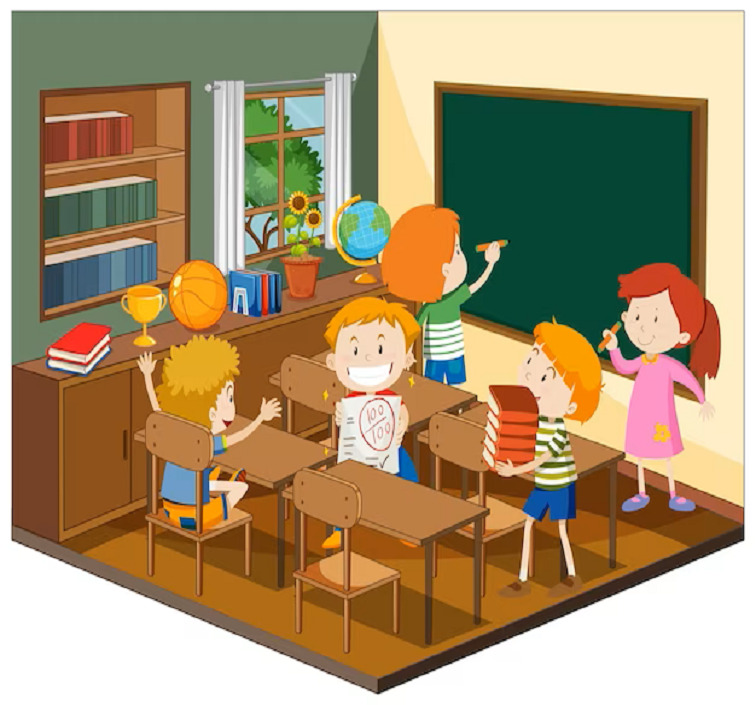Introduction:
Creativity is an essential skill for students to develop, as it not only fosters critical thinking and problem-solving abilities, but also enhances adaptability and resilience in an ever-changing world. Cultivating creativity in the classroom can be a challenge for educators, as traditional teaching methods often prioritize content mastery and standardized testing over exploration and experimentation. In this blog post, we will deliver into strategies for nurturing creativity in the classroom, empowering students to reach their full potential and equipping them with the tools necessary for success in the 21st century.
Create a Safe and Supportive Learning Environment:
The foundation for nurturing creativity in the classroom is fostering a safe and supportive learning environment where students feel comfortable taking risks and sharing their ideas. Encourage an atmosphere of respect and open-mindedness, and celebrate diverse perspectives and unique approaches to problem-solving. When students feel supported and valued, they are more likely to embrace their creativity and push the boundaries of their thinking.
Encourage Curiosity and Exploration:
Curiosity is the driving force behind creativity, and educators should strive to ignite students’ natural curiosity by presenting them with intriguing questions and open-ended problems. Encourage students to ask questions, explore different perspectives, and investigate new concepts. By fostering a spirit of inquiry, teachers can inspire students to delve deeper into their learning and develop innovative solutions to complex challenges.
Implement Project-Based Learning:
Project-based learning (PBL) is an educational approach that encourages students to actively engage in real-world and personally meaningful projects. PBL promotes creativity by allowing students to explore a topic in-depth, collaborate with their peers, and develop their problem-solving and critical thinking skills. Additionally, PBL often involves interdisciplinary connections, helping students to see the relevance and interconnectedness of their learning.
Integrate the Arts and STEAM Education:
The arts have long been recognized as powerful catalysts for creativity. Integrating the arts into the curriculum, whether through visual arts, music, dance, or theater, can help students tap into their creative potential and develop their ability to think outside the box. Similarly, STEAM education (Science, Technology, Engineering, Arts, and Mathematics) emphasizes the importance of creativity in the context of science and technology, fostering a holistic approach to learning that encourages innovation and creative problem-solving.
Foster a Growth Mindset:
A growth mindset is the belief that intelligence and abilities can be developed through hard work, effective strategies, and input from others. Encourage students to adopt a growth mindset by praising effort, persistence, and learning from mistakes rather than focusing solely on outcomes. By fostering a growth mindset, students are more likely to embrace challenges and develop their creative potential.
Encourage Collaborative Learning:
Collaboration is an essential component of creativity, as it allows students to build on each other’s ideas, learn from diverse perspectives, and develop their communication and teamwork skills. Encourage collaborative learning by incorporating group projects, brainstorming sessions, and peer feedback into your curriculum. By working together, students can generate innovative solutions and develop a deeper understanding of the material.
Provide Opportunities for Choice and Autonomy:
Allowing students to make choices in their learning can significantly enhance their motivation and creativity. Provide opportunities for students to choose topics, assignments, or activities that interest them, and encourage them to take ownership of their learning. When students feel empowered to make decisions, they are more likely to engage deeply in the learning process and develop their creative skills.
Use Creative Assessment Methods:
Traditional assessments, such as multiple-choice tests and essays, may not adequately capture a student’s creative potential. Instead, consider incorporating creative assessment methods, such as portfolios, presentations, or multimedia projects, that allow students to demonstrate their understanding and showcase their creativity. By using a variety of assessment methods, educators can gain a more comprehensive understanding of a student’s abilities and encourage them to think critically and creatively.
Provide Time for Reflection and Self-Assessment:
Reflection and self-assessment are essential components of the creative process, as they allow students to analyze their work, identify areas for improvement, and set goals for future growth. Encourage students to reflect on their learning experiences and provide opportunities for them to assess their progress. This practice not only fosters self-awareness and personal growth but also helps students develop the metacognitive skills necessary for creative problem-solving.
Model and Celebrate Creativity:
Teachers play a crucial role in nurturing creativity in the classroom by modeling creative thinking and problem-solving themselves. Share your creative process with your students, and don’t be afraid to make mistakes or try new approaches. By demonstrating the value of creativity and celebrating the creative achievements of your students, you can inspire them to take risks, embrace challenges, and develop their unique potential.
Conclusion:
Nurturing creativity in the classroom is essential for preparing students to succeed in the 21st century. By implementing strategies that foster a supportive learning environment, encourage curiosity and exploration, and provide opportunities for choice and autonomy, educators can unleash their students’ creative potential and empower them to thrive in a complex and ever-changing world. Remember, cultivating creativity is not just about fostering artistic talent; it’s about nurturing critical thinking, problem-solving, and adaptability-skills that are invaluable for success in any field.

